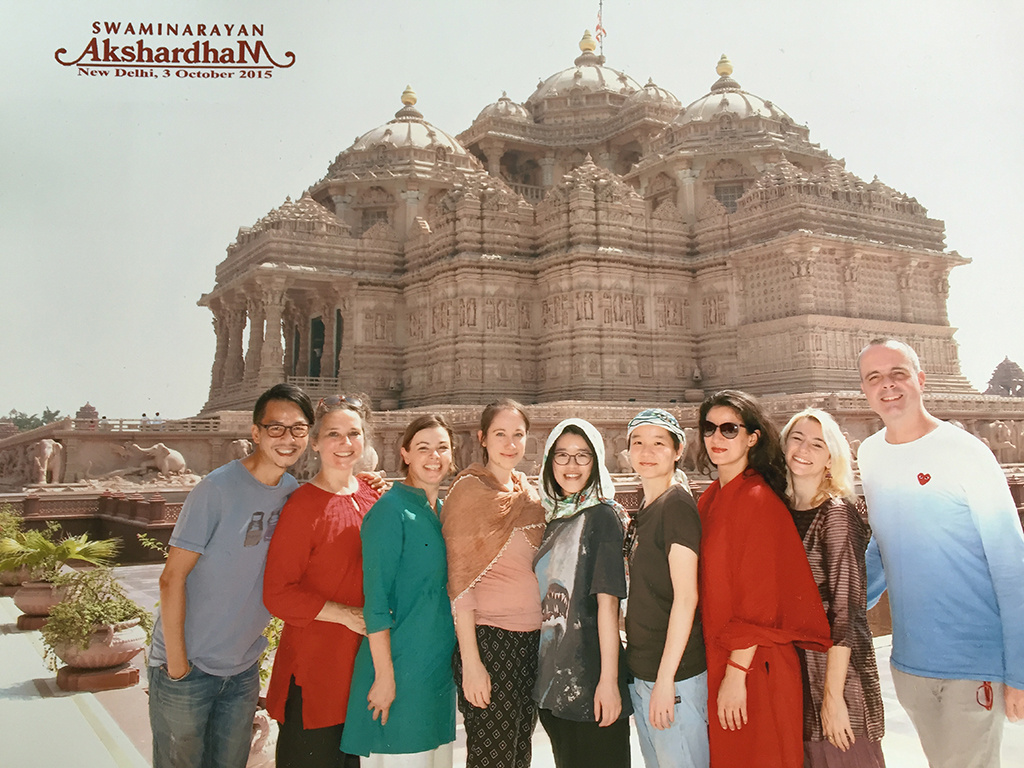
It was a very hot day when we visited Akshardham in Delhi.
Probably due to the blinding sun and the piercing heat I was not used to, the constellation of structures struck me as too big, too bright, too well-done, too congruent to my anticipation of a Hindu temple, too much of what it was supposed to be, almost caricatural, surreal.
“It looks like a theme park,” someone articulated my first impression succinctly.
But it must be rather old, must it? This was India, and a major, hugely popular religious site like that must be authentic, historic and old, must it? So I thought, until I was told that Akshardham was not only 10 years old but also its operation was very much fashioned after, indeed, a theme park, that Akshardham was constructed with intensive and extensive participation of volunteers and artisans and its management went to Disneyland for references.
I realized I was fooled by my ignorance over India and my stereotypes over traditions.
Accompanied by this entanglement between religion and entertainment, between something presumably old and something presumably modern, I continued the tour through the complex. I admired all the incredible craftsmanship rarely dedicated to any contemporary architecture but Akshardham. I followed the archaic-looking wall murals narrating the life of a teenage boy Swaminarayan whose seven-year pilgrimage started everything. I took a boat taking us on a temporal journey through an enclosed space displaying epochal moments in, with mise-en-scène heavily inflected by the Indian way of looking at, the development of the world. And finally, I sat in front of a giant screen viewing a filmic rendition of the Swaminarayan story with real actors and special effects.
The birth of a religion in IMAX format. A temple in the form of a theme park. A tradition available in the 21st century.
What is tradition, after all? Akshardham may be offering answers to many of its believers, but to me it is precisely the place to ask questions. What is tradition? How is tradition constructed, maintained and circulated? Why? What interests does it serve? Whose interests? …
(The photo on the top is the only one we took at Akshardham, which does not allow visitors to bring any camera or mobile phones into the complex and compensates this restriction with special stalls selling photo-taking services.)